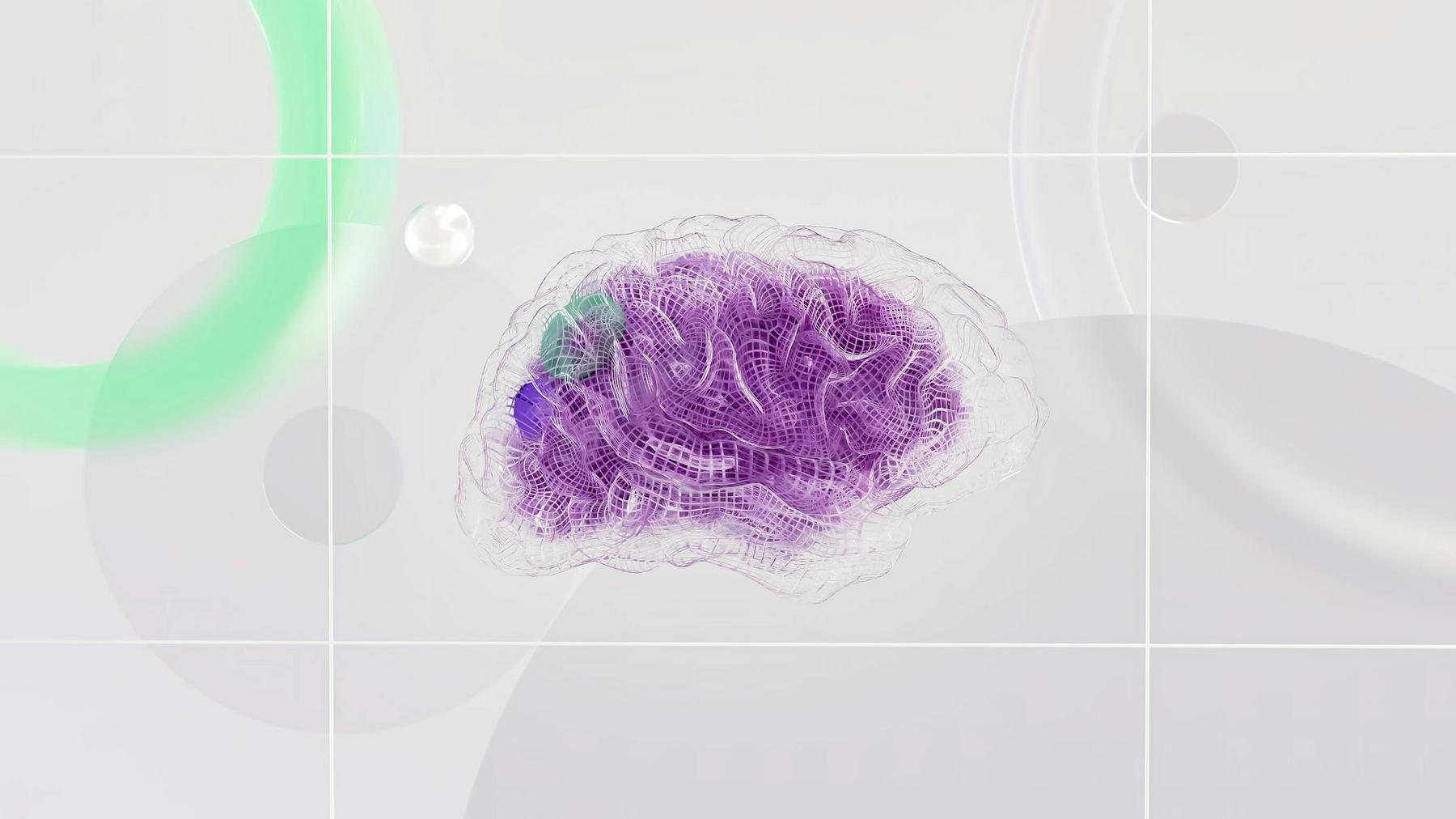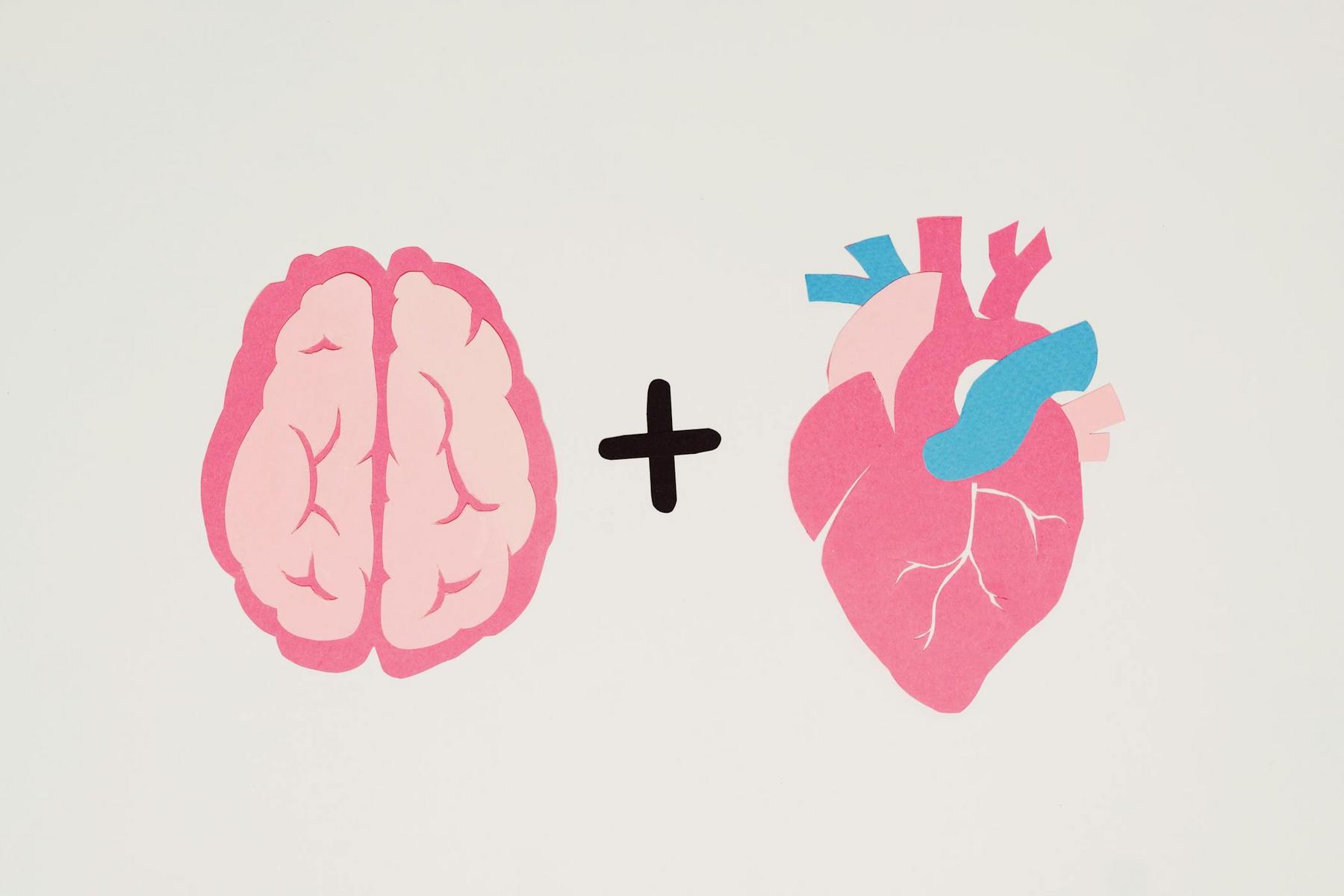Modern life presents unprecedented challenges to our biological systems, with stress responses designed for brief, life-threatening situations now constantly activated by work pressures, financial concerns, and social demands. The science of stress reveals a sophisticated network of interconnected biological mechanisms that, whilst designed to protect us, can become sources of significant health complications when chronically activated. This comprehensive biological overview explores how stress fundamentally alters our physiology at molecular, cellular, and systemic levels, creating cascading effects that influence everything from immune function to brain structure. Understanding these complex mechanisms provides crucial insights into why stress-related disorders have become so prevalent and how we might better address them through evidence-based approaches.
How Does Your Body Actually Respond to Stress at the Biological Level?
The biological stress response represents one of evolution’s most sophisticated survival mechanisms, involving intricate coordination between multiple organ systems to prepare the body for immediate action. When the brain detects a potential threat, it simultaneously activates two primary pathways: the autonomic nervous system for immediate response and the hypothalamic-pituitary-adrenal (HPA) axis for sustained hormonal support.
The autonomic nervous system’s response occurs within milliseconds of threat detection, with the amygdala initiating a cascade of neural signals that activate sympathetic nervous system responses before conscious awareness fully develops. This rapid activation triggers cardiovascular changes including increased heart rate and blood pressure redistribution, respiratory modifications such as increased breathing rate and bronchodilation, and metabolic shifts involving rapid glucose and fatty acid mobilisation from storage sites.
The HPA axis provides the hormonal foundation for sustained stress responses through a carefully orchestrated sequence of events. The hypothalamic paraventricular nucleus releases corticotropin-releasing hormone and vasopressin into the portal blood system, stimulating the anterior pituitary to produce adrenocorticotropic hormone. This hormone then signals the adrenal cortex to synthesise and release cortisol, creating wide-ranging physiological effects that can persist for hours or days.
The neurobiological networks involved in stress processing demonstrate remarkable complexity, integrating information from the amygdala’s threat detection systems, the prefrontal cortex’s cognitive evaluation mechanisms, and the hippocampus’s contextual memory processing. These regions work together through intricate patterns of connectivity that allow for both rapid threat responses and more sophisticated cognitive assessments of complex stressful situations.
The coordinated nature of these biological responses reflects millions of years of evolutionary refinement designed to optimise survival prospects during dangerous encounters. However, this ancient system faces unique challenges in modern environments where psychological and social stressors often trigger the same biological responses once reserved for immediate physical threats.
What Distinguishes Acute Stress from Chronic Stress Biologically?
The fundamental biological distinction between acute and chronic stress lies in the temporal dynamics and physiological consequences of stress system activation, with acute responses representing adaptive survival mechanisms whilst chronic activation leads to pathological changes affecting virtually every organ system.
Acute stress responses demonstrate remarkable efficiency in mobilising physiological resources for brief encounters with environmental challenges. These responses are characterised by rapid onset, intense but time-limited activation, and efficient resolution through parasympathetic nervous system recovery mechanisms. The physiological changes during acute stress serve specific functional purposes: cardiovascular modifications optimise oxygen and nutrient delivery to critical organs, respiratory changes maximise oxygen uptake, and metabolic shifts provide immediately available energy sources.
The neurochemical basis of acute stress involves coordinated release of catecholamines and other neurotransmitters that enhance cognitive performance, increase alertness, and improve sensory processing. These cognitive enhancements, mediated by noradrenergic and dopaminergic signaling in attention and executive control regions, create focused awareness that facilitates effective decision-making during critical situations.
Chronic stress exposure fundamentally alters these adaptive systems through the development of allostatic load—the cumulative physiological cost of repeated or sustained stress system activation. This pathological transition occurs through several mechanisms: frequent stress system activation, failure to appropriately terminate responses after threats pass, and compensatory overactivation when some systems become inadequate.
The neurobiological consequences of chronic stress involve structural and functional brain changes that persist long after stressor removal. Chronic glucocorticoid exposure leads to dendritic atrophy and reduced spine density in the hippocampus and prefrontal cortex whilst causing dendritic growth in the amygdala. These opposing changes create enhanced fear responses combined with impaired cognitive control and emotional regulation.
| Stress Type | Duration | Physiological Response | Recovery Mechanism | Long-term Effects |
|---|---|---|---|---|
| Acute Stress | Minutes to hours | Rapid catecholamine release, temporary cortisol elevation | Parasympathetic activation, negative feedback | Enhanced performance, improved adaptation |
| Chronic Stress | Days to years | Sustained HPA axis activation, glucocorticoid resistance | Impaired recovery mechanisms | Structural brain changes, immune dysfunction, metabolic disorders |
How Do Molecular and Cellular Changes Occur During Stress?
The molecular mechanisms underlying stress responses involve complex cascades of cellular events that translate psychological and environmental stressors into fundamental alterations in gene expression, protein synthesis, and cellular function throughout the body.
Stress-induced inflammation represents a critical pathway through which stressors create cellular damage and contribute to disease development. The initial inflammatory triggers involve sympathetic nervous system activation leading to norepinephrine and epinephrine release, which bind to adrenergic receptors on immune cells and promote inflammatory cytokine production through intracellular signaling pathways including p38 MAPK and NF-κB activation.
The relationship between stress hormones and immune function demonstrates remarkable complexity, with acute cortisol release typically providing anti-inflammatory effects whilst chronic exposure leads to glucocorticoid resistance in immune cells. This transition from anti-inflammatory to pro-inflammatory effects represents a critical shift where adaptive stress mechanisms become pathological contributors to disease processes.
Oxidative stress mechanisms involve disruption of the delicate balance between reactive oxygen species production and antioxidant defense systems. Stress hormones and inflammatory mediators directly stimulate reactive oxygen species production through NADPH oxidase enzyme activation whilst simultaneously impairing antioxidant enzyme function through effects on gene transcription and protein synthesis.
The neuroplasticity consequences of stress exposure demonstrate how environmental stressors literally reshape brain structure through alterations in synaptic strength, dendritic architecture, and neural connectivity patterns. These changes involve complex interactions between stress hormones, neurotrophic factors, and intracellular signaling pathways that regulate gene transcription and synaptic function.
At the cellular level, chronic stress exposure affects mitochondrial function, leading to impaired energy production and increased cellular senescence. These mitochondrial changes contribute to the fatigue, cognitive dysfunction, and metabolic alterations commonly associated with chronic stress conditions.
What Biomarkers Can Accurately Measure Stress Responses?
The identification and measurement of stress biomarkers provides essential tools for objectively assessing stress exposure and its physiological consequences, enabling both clinical diagnosis and research into stress-related health outcomes.
Hormonal biomarkers constitute the most extensively studied stress indicators, with cortisol serving as the primary measure of HPA axis activity. Cortisol measurements in saliva provide particularly valuable non-invasive assessment of biologically active hormone levels without interference from binding proteins found in blood samples. The diurnal rhythm of cortisol secretion offers additional information about HPA axis function, with alterations in normal morning peaks and evening nadirs indicating chronic stress exposure.
Catecholamine measurements, including epinephrine and norepinephrine, provide crucial information about sympathetic nervous system activation during stress responses. These biomarkers are particularly valuable for assessing immediate stress reactions and monitoring stress management intervention effectiveness, as catecholamine levels typically normalise rapidly after stressor removal.
Inflammatory biomarkers have emerged as increasingly important indicators of chronic stress exposure and associated health consequences. Cytokines such as interleukin-6, tumour necrosis factor-alpha, and C-reactive protein can be measured in biological samples and provide information about stress-induced inflammatory processes that contribute to numerous health complications.
Cardiovascular biomarkers offer important insights into stress effects on cardiovascular function and disease risk development. Heart rate variability reflects the balance between sympathetic and parasympathetic influences on cardiac function, serving as a valuable measure of autonomic nervous system function and stress resilience. Reduced heart rate variability associates with chronic stress exposure and increased cardiovascular disease risk.
Emerging technologies in stress assessment leverage advances in molecular biology, sensor technology, and data analytics to provide comprehensive, real-time stress monitoring capabilities. Genomic and epigenetic approaches reveal molecular mechanisms through which stress influences gene expression, whilst proteomic methods enable assessment of stress-induced protein expression changes.
How Does the Body’s Natural Stress Regulation System Work?
The body’s natural stress regulation mechanisms involve sophisticated feedback systems and buffering mechanisms that normally prevent excessive or prolonged stress activation whilst maintaining appropriate responses to genuine threats.
The endocannabinoid system has emerged as a fundamental regulatory mechanism in stress biology, serving as a crucial buffer against potentially harmful effects of excessive stress activation. This ancient signaling system consists of endogenous molecules, enzymes for their synthesis and degradation, and receptors that mediate biological effects throughout stress-responsive brain circuits.
Under baseline conditions, the endocannabinoid system provides general inhibitory influence on stress-responsive systems, helping maintain emotional stability and prevent inappropriate stress activation to minor environmental changes. This regulation occurs through receptor-dependent suppression of neurotransmitter release in stress-responsive circuits, particularly involving GABA and glutamate signaling.
The dynamic regulation during stress exposure reveals the system’s capacity to fine-tune responses based on specific stressor characteristics. Acute stress typically increases certain endocannabinoid levels, facilitating appropriate responses whilst activating negative feedback mechanisms that promote stress termination and recovery.
However, chronic stress exposure consistently leads to downregulation of cannabinoid receptors throughout the brain, particularly in stress-responsive regions. This reduction impairs the system’s buffering capacity and may contribute to heightened stress sensitivity and emotional dysregulation characteristic of chronic stress conditions.
The integration of multiple regulatory systems demonstrates the sophisticated nature of stress management, with various neurotransmitter systems, hormonal feedback mechanisms, and cellular signaling pathways working together to maintain appropriate stress responses whilst preventing pathological overactivation.
The Future of Stress Biology Research
The science of stress continues evolving as researchers uncover increasingly sophisticated mechanisms underlying stress responses and their health consequences. Current understanding reveals stress as a fundamental biological phenomenon involving coordinated activation of neural, hormonal, and immune systems designed to maintain survival in challenging environments.
The distinction between adaptive acute stress responses and pathological chronic stress effects provides crucial insights into how environmental factors influence health outcomes. Acute stress represents highly refined evolutionary adaptations that enhance survival through efficient resource mobilisation and coordinated physiological responses. However, chronic activation of these ancient systems in modern environments leads to allostatic load and cascading pathological changes affecting multiple organ systems.
The molecular and cellular mechanisms underlying stress effects demonstrate how environmental experiences translate into lasting biological changes through inflammation, oxidative stress, and neuroplasticity alterations. These mechanisms provide the foundation for understanding how stress contributes to cardiovascular disease, metabolic dysfunction, immune disorders, and psychiatric conditions.
Advances in biomarker development and assessment technologies offer unprecedented opportunities for objective stress measurement and personalised approaches to stress management. The integration of multiple biomarker approaches through systems biology methods promises comprehensive assessment tools that account for individual differences in stress sensitivity and response patterns.
Understanding natural stress regulation mechanisms, particularly the endocannabinoid system’s buffering role, opens new therapeutic possibilities that leverage the body’s intrinsic regulatory capabilities rather than imposing external interventions. These insights suggest that supporting natural regulatory mechanisms may provide more physiologically appropriate and effective approaches to stress management.
The comprehensive nature of stress biology research emphasises the need for integrative approaches that address multiple aspects of stress responses and their health consequences. As our understanding continues advancing, the development of more sophisticated assessment tools and targeted interventions promises improved outcomes for individuals affected by stress-related conditions.
What happens to your brain during chronic stress?
Chronic stress exposure causes significant structural and functional changes in the brain, particularly affecting regions involved in memory, emotional regulation, and executive control. The hippocampus and prefrontal cortex experience dendritic atrophy and reduced spine density, leading to memory deficits and impaired cognitive control. Conversely, the amygdala shows increased dendritic growth, resulting in heightened emotional reactivity and enhanced fear responses. These neuroplastic changes can persist for weeks or months after stress exposure ends, demonstrating the lasting impact of chronic stress on brain function.
How quickly does the body’s stress response system activate?
The biological stress response activates remarkably quickly, with the sympathetic nervous system initiating physiological changes within milliseconds of threat detection. The amygdala begins signaling before conscious awareness fully develops, triggering cardiovascular, respiratory, and metabolic changes designed to prepare the body for immediate action. Simultaneously, the HPA axis begins its hormonal cascade, with cortisol levels rising within minutes of initial stress exposure.
Can stress biomarkers predict future health problems?
Stress biomarkers can provide valuable information about current physiological stress burden and potential health risks, though individual prediction varies considerably. Elevated inflammatory markers, altered cortisol patterns, and reduced heart rate variability are associated with an increased risk for cardiovascular disease, metabolic disorders, and psychiatric conditions. However, biomarker interpretation requires consideration of individual factors including genetics, lifestyle, and environmental circumstances. The most effective approach involves integrating multiple biomarkers with clinical assessment to develop comprehensive risk profiles.
Why do some people handle stress better than others biologically?
Individual differences in stress resilience result from complex interactions between genetic factors, early life experiences, and environmental influences that shape stress response system functioning. Genetic variations affect neurotransmitter systems, hormone production, and regulatory mechanisms that influence stress sensitivity. Early life experiences can alter HPA axis development and stress system calibration through epigenetic mechanisms. Additionally, differences in natural regulatory systems, including endocannabinoid function, contribute to varying capacities for stress buffering and recovery.
What role does inflammation play in stress-related health problems?
Inflammation serves as a critical pathway through which chronic stress contributes to numerous health conditions. Whilst acute stress typically has anti-inflammatory effects, chronic stress leads to sustained production of pro-inflammatory cytokines and impaired inflammatory resolution mechanisms. This chronic low-grade inflammation contributes to cardiovascular disease, metabolic dysfunction, autoimmune conditions, and neuropsychiatric disorders, creating self-perpetuating cycles that can persist long after initial stressors are removed.













